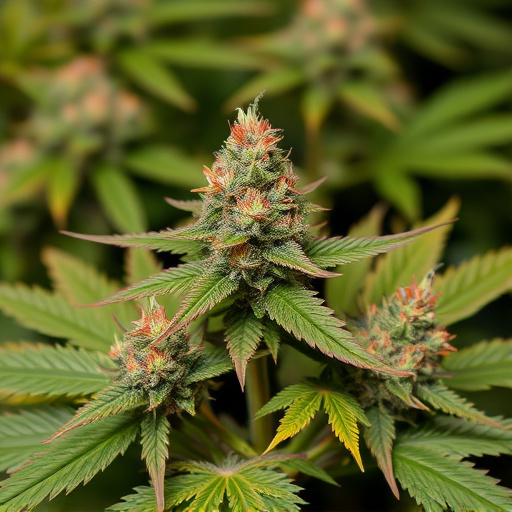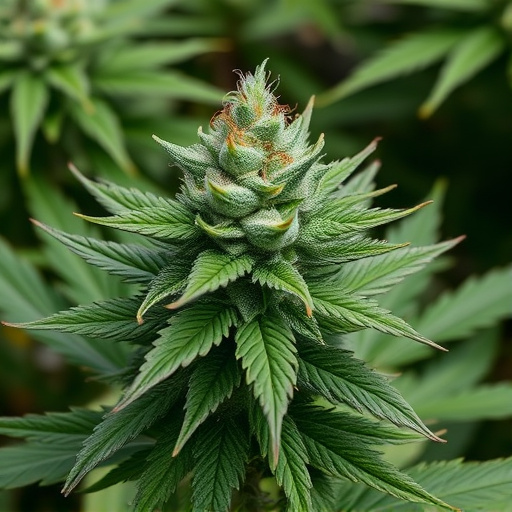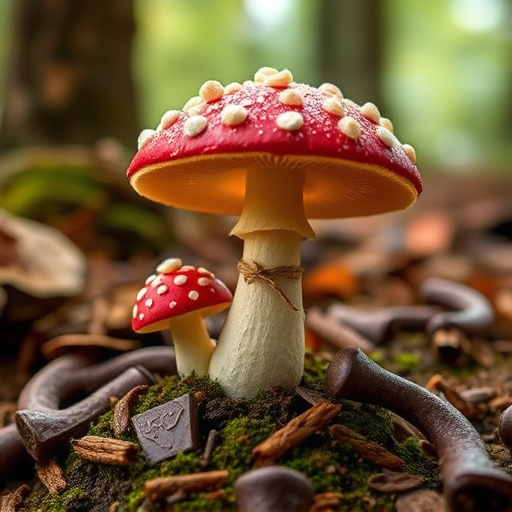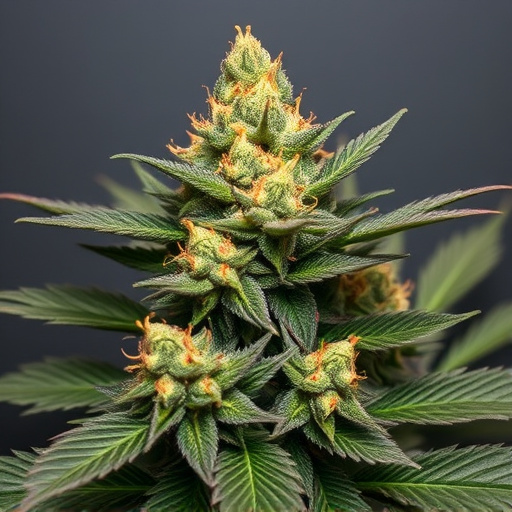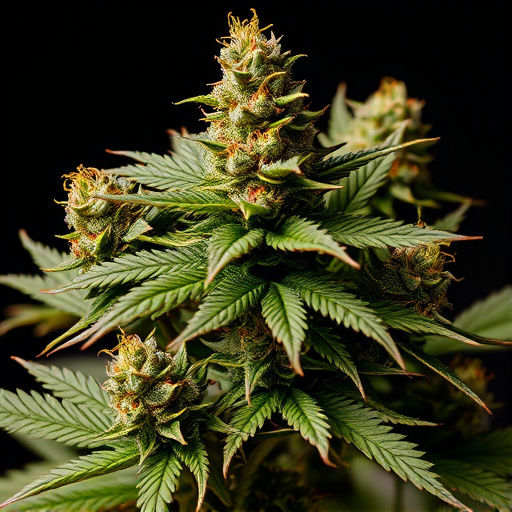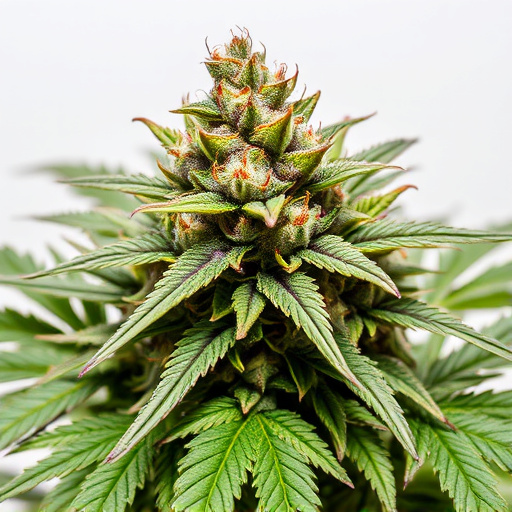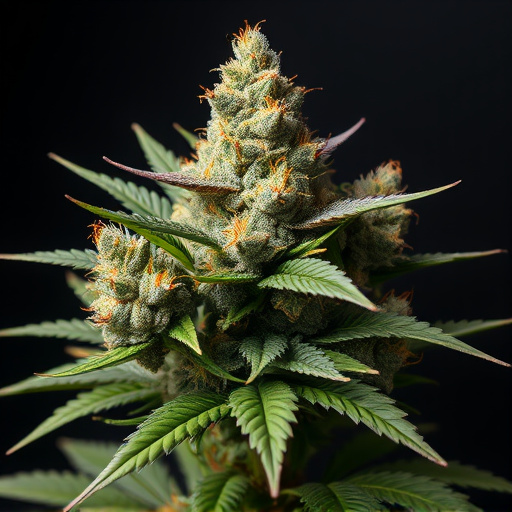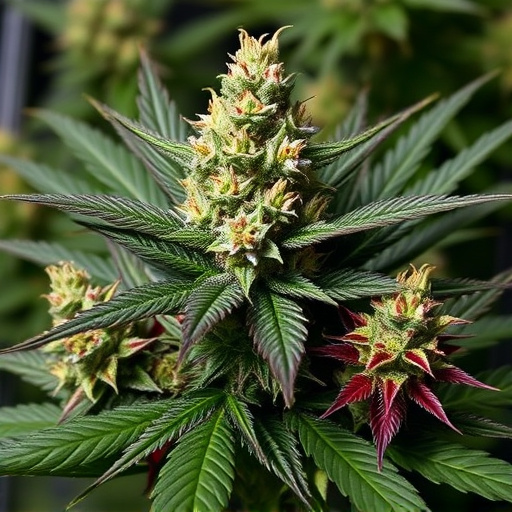Landrace strains, indigenous varieties with historical significance, thrive in specific climates, showcasing diverse effects and aromas. Indica dominant strains, rich in myrcene, offer calming relaxation for anxiety, insomnia, and pain. Their short growth cycles and dense flowers make them crucial for preserving cannabis biodiversity, enhancing breeding programs, and catering to consumer preferences.
Landrace strains, with their deep historical roots, play a vital role in cannabis cultivation. This article explores why these indigenous, purebred varieties are crucial, focusing on their distinct characteristics and benefits, especially among indica dominant strains. We’ll delve into their origins, preserving biodiversity’s importance, and how they contribute to the cannabis landscape. Understanding landraces allows cultivators to make informed decisions, ensuring a rich and diverse future for this versatile plant.
- Understanding Landrace Strains: Origins and Purity
- Indica Dominant Strains: Their Unique Characteristics and Benefits
- Preserving Biodiversity: The Role of Landrace Strains in Cannabis Cultivation
Understanding Landrace Strains: Origins and Purity
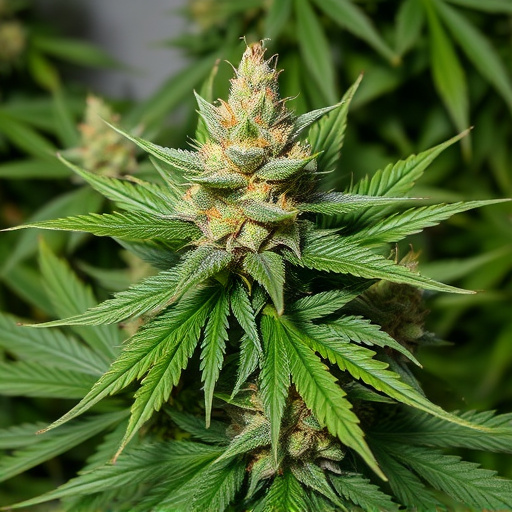
Landrace strains, often referred to as indigenous or native varieties, are an essential part of cannabis history and culture. These strains have deep roots in specific geographical regions and have been carefully cultivated and preserved by local communities for generations. Understanding their origins is key to appreciating their unique characteristics. Landraces are typically the result of natural selection and isolation, allowing them to adapt to their particular environments over time. This process ensures their purity, as they are free from hybridization or genetic manipulation.
In regions with diverse climates and ecosystems, landrace strains have evolved to showcase remarkable adaptations. For example, indica dominant strains, which generally have shorter, stockier plants and higher CBD content, thrive in mountainous areas with cooler temperatures. These natural variations contribute to the incredible diversity of cannabis, offering a range of effects and aromas that cater to different preferences and medicinal needs.
Indica Dominant Strains: Their Unique Characteristics and Benefits
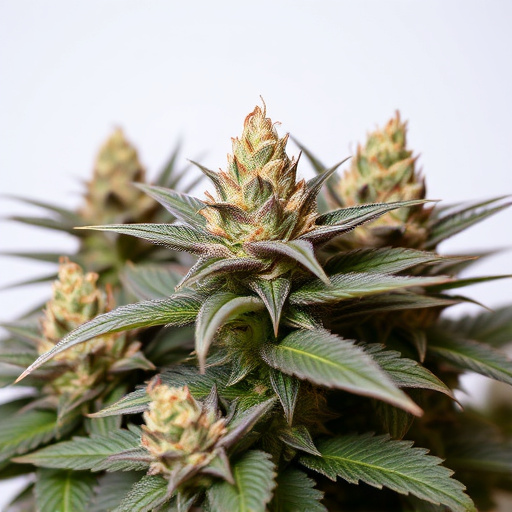
Indica dominant strains, with their heavy influence from the cannabis sativa variety, offer a distinct set of characteristics that cater to specific user preferences and medical needs. These strains are known for their calming and relaxing effects, often described as sedative or hypnotic, making them popular choices for managing anxiety, insomnia, and chronic pain. The unique chemical composition of indica-dominant plants includes higher levels of myrcene, a terpene with earthy and fruity notes, which contributes to the soothing sensation they provide.
Beyond their therapeutic benefits, indica dominant strains are celebrated for creating a more introspective and physical high. Users often report feeling deeply relaxed with a sense of heaviness in the body, ideal for unwinding after a long day or for those seeking relief from muscular tension. This specific effect has made these strains indispensable in medical cannabis applications, offering targeted relief without the potent cognitive impairment sometimes associated with sativa-dominant varieties.
Preserving Biodiversity: The Role of Landrace Strains in Cannabis Cultivation
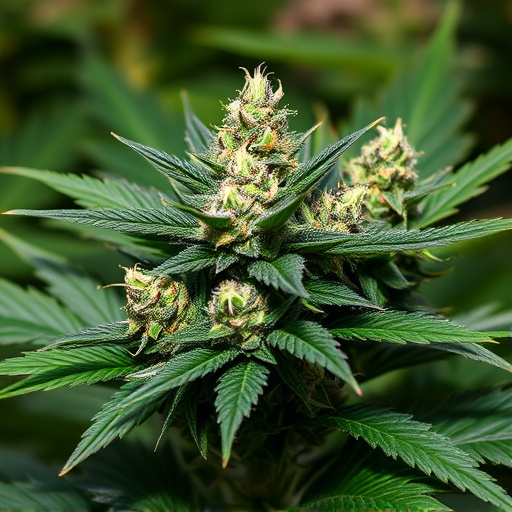
In the realm of cannabis cultivation, preserving biodiversity is a crucial task, and landrace strains play a pivotal role in this endeavor. Landraces, or indigenous varieties, are ancient cannabis strains that have been naturally selected and adapted to specific geographic regions over centuries. These strains, often characterized by their indica dominant traits, possess unique genetic diversity that offers a wealth of benefits for modern cultivators.
By preserving landrace strains, we safeguard the natural variations in cannabis plants, ensuring a broader gene pool for future breeding programs. Indica dominant strains, known for their calming and relaxing effects, have distinct characteristics such as shorter growth cycles, dense flower production, and higher levels of certain cannabinoids. These traits not only contribute to the overall biodiversity but also cater to specific consumer preferences, providing options for those seeking relief from anxiety, stress, or insomnia. The preservation of landrace strains enables cultivators to maintain and enhance these valuable attributes while exploring new possibilities in cannabis cultivation.
Landrace strains, with their deep roots and genetic purity, play a vital role in cannabis cultivation. These indigenous varieties offer unique benefits, particularly for growers focusing on indica dominant strains. By preserving biodiversity, landraces ensure the continuation of diverse characteristics like potent THC levels and distinct aromatic profiles. Understanding and safeguarding these ancient strains is essential for both cultivating high-quality cannabis and maintaining the rich botanical diversity that has captivated enthusiasts for centuries.

